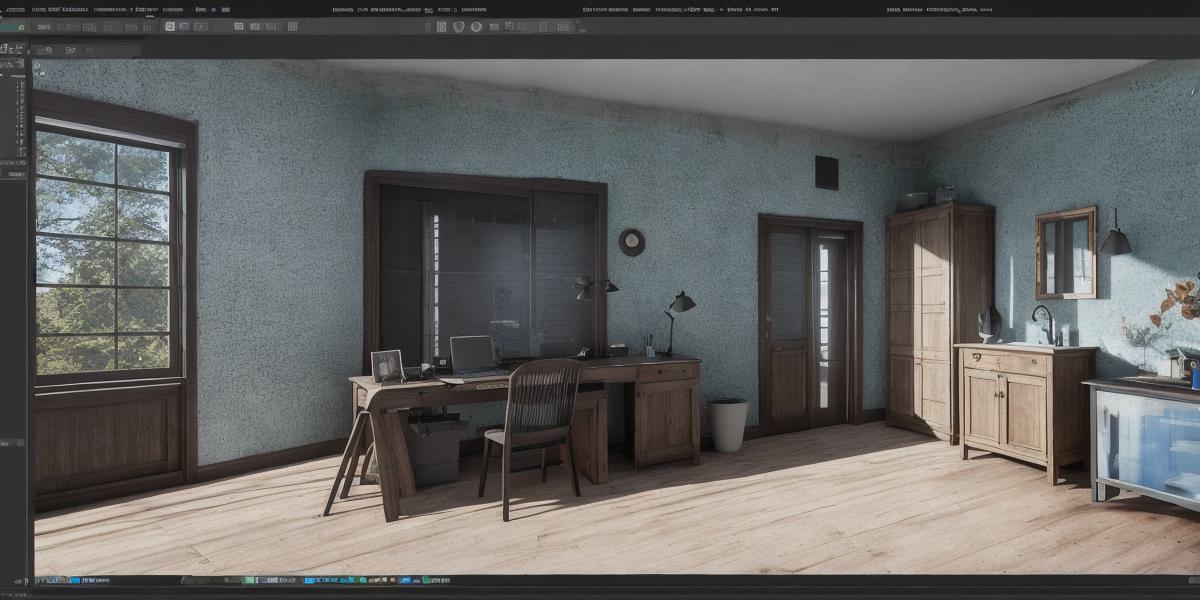Unreal vs Blender: Which Software Should You Learn for 3D Design?

Introduction
In today’s digital age, 3D design has become a crucial skill for any designer looking to create immersive experiences in gaming, film, and other industries. Two of the most popular software options for 3D design are Unreal Engine and Blender. However, which one is best suited for your needs? In this article, we will explore the main differences between Unreal Engine and Blender, and help you make an informed decision on which software to learn.
Unreal Engine: A Powerful 3D Design Tool
Unreal Engine is a powerful 3D design tool that was initially developed by Epic Games for the purpose of creating realistic graphics in video games. However, it has since expanded its capabilities and is now used in various industries such as film, architecture, and product design. Some of the key features of Unreal Engine include:
- Realistic lighting effects
- Dynamic weather and time of day systems
- Advanced physics simulation
- High-quality particle effects
- Support for VR and AR development
Unreal Engine also has a large community of developers, which means that there are plenty of resources available to help you learn the software. However, it is generally considered more difficult to use than Blender, and can be more expensive.
Blender: A versatile 3D Design Tool
Blender is a versatile 3D design tool that was developed by the open-source community. It is free to download and use, and has a large and supportive user base. Some of the key features of Blender include:
- Advanced modeling tools
- Realistic rendering capabilities
- Dynamic animation features
- Integration with other software such as Unreal Engine
- Support for 3D printing
Blender is generally considered more beginner-friendly than Unreal Engine, and is often recommended for those who are new to 3D design. However, it may not have the same level of realism and physics simulation capabilities as Unreal Engine, and can be slower to render complex scenes.
Case Studies and Personal Experiences
To help you make an informed decision on which software to learn, it is helpful to consider real-life examples of how each tool has been used in practice. For example, the gaming industry uses both Unreal Engine and Blender, but Unreal Engine tends to be more popular due to its more realistic lighting effects and dynamic weather systems. On the other hand, Blender is often used for creating detailed 3D models, such as characters and props, and can also be used for animation and product design.
Conclusion
In conclusion, both Unreal Engine and Blender are powerful 3D design tools that have their own unique features and capabilities. Ultimately, the best software to learn will depend on your individual needs and goals. If you are looking for realistic lighting effects and dynamic weather systems, then Unreal Engine may be the best choice. However, if you are new to 3D design or looking for a more versatile tool that can be used in various industries, then Blender may be a better option.








